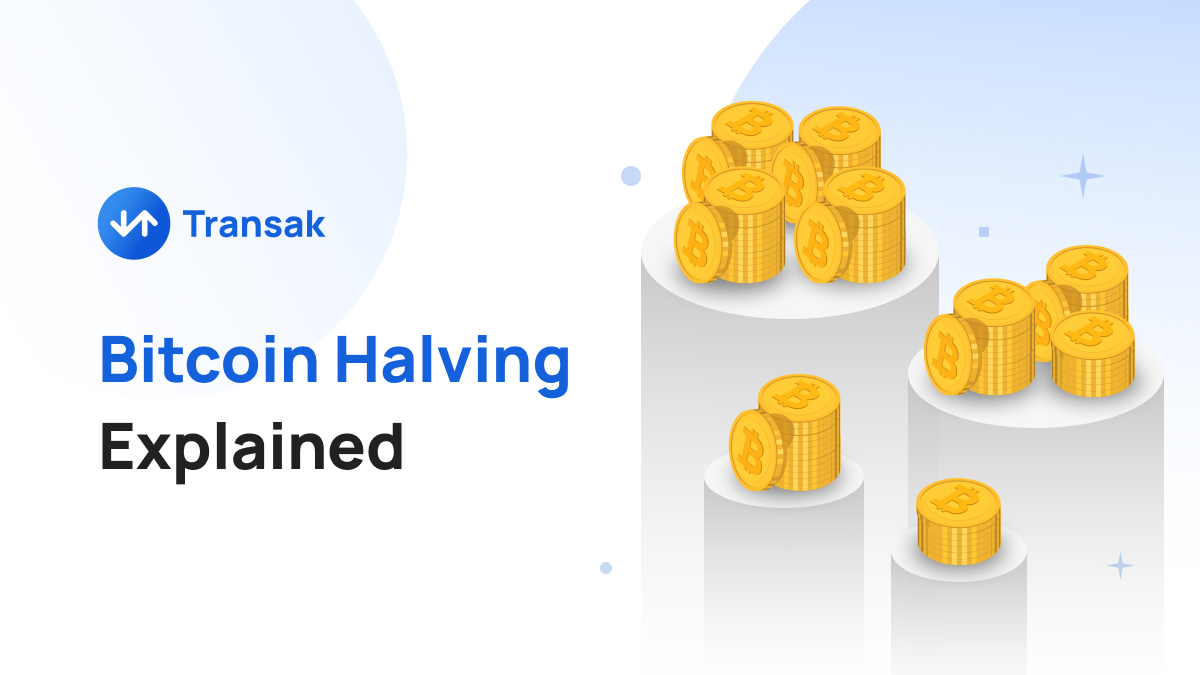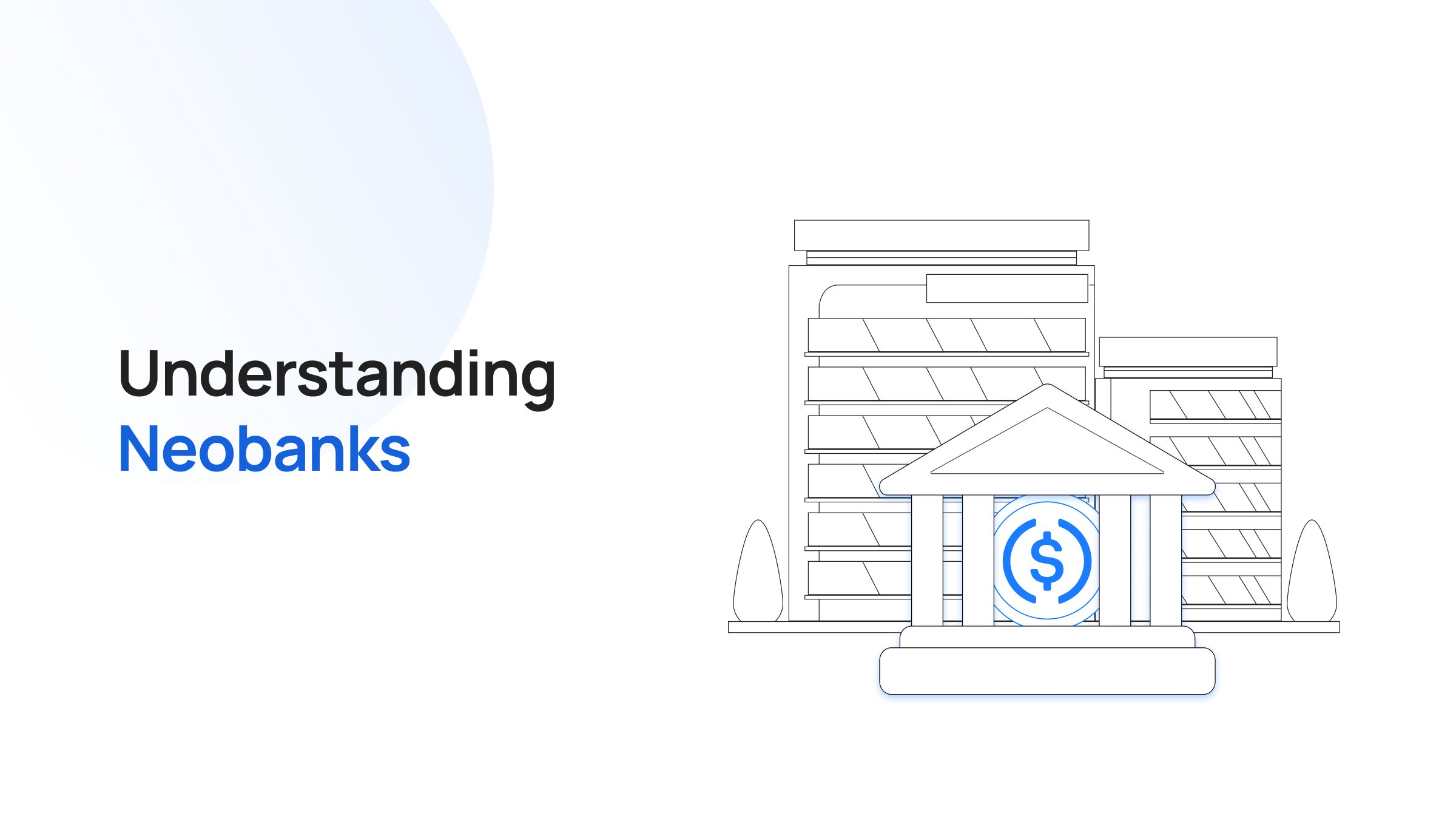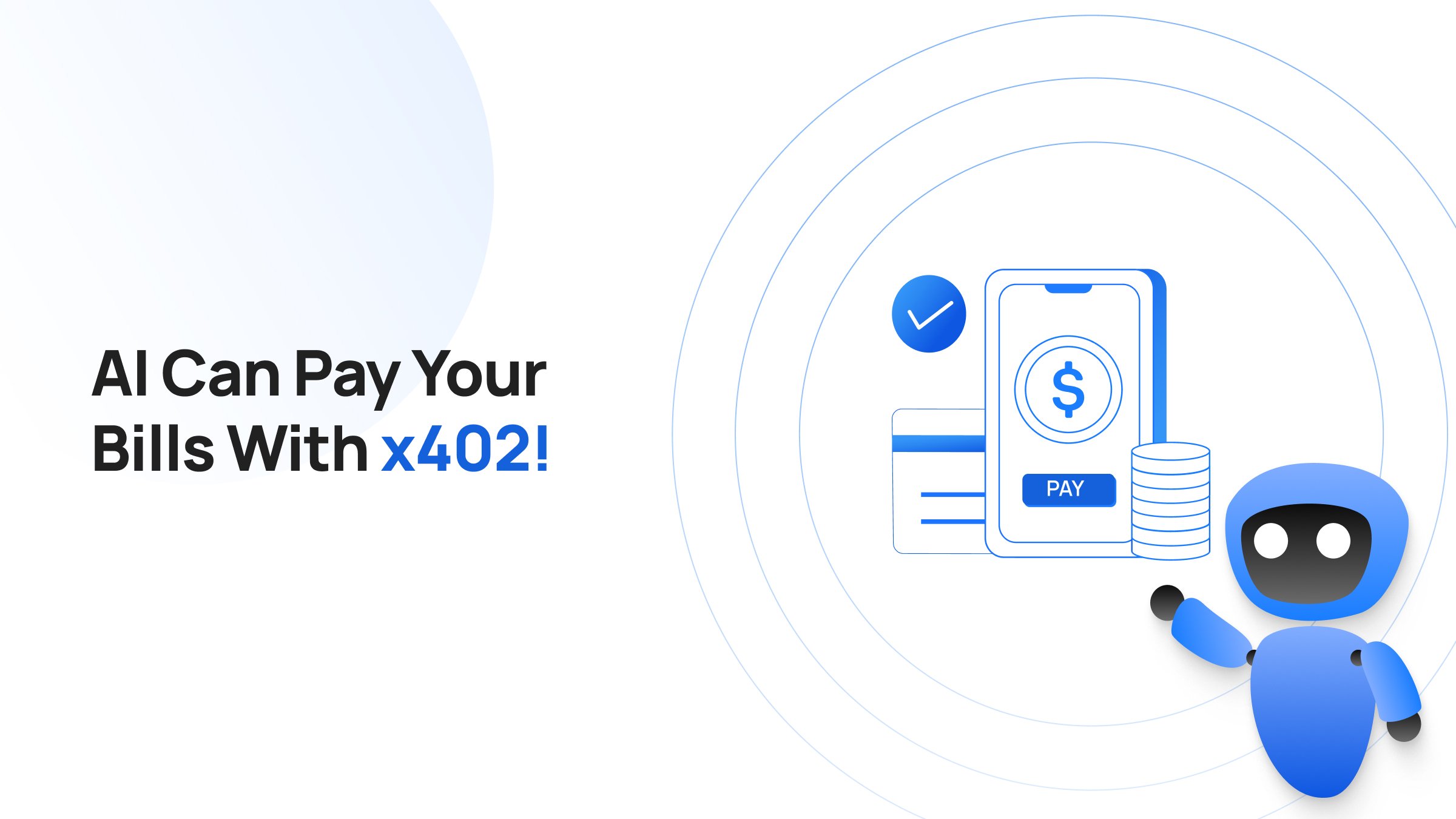Traditional currencies (“fiat currency” as they are normally called) have a preventable problem — their supply is unlimited, which causes inflation and consequently devaluation.
A striking example is the United States, where a staggering 80% of the total US dollars in circulation were printed between 2020 and 2022, leading to concerns about inflation. Similarly, the biblical fall of Zimbabwe's currency showcases the extremes of such devaluation when governments exercise unchecked power to print money.
Bitcoin was conceptualized and introduced as a revolutionary solution to the pitfalls of traditional finance. Central to its design is the mechanism of "halving".
This process, occurring approximately every four years, is Bitcoin's answer to the problem of infinite supply, ensuring a controlled and finite circulation that stands in stark contrast to the potentially limitless printing of fiat currencies.
Over the years, it is also observed that there is a direct correlation between the Bitcoin halving and the bullish sentiment in the crypto market. While past performance does not guarantee future results, this pattern is still worth an eye.
In this article, we will explain what Bitcoin halving is, how this can affect the price of BTC, and what are some price predictions for Bitcoin from reputable sources.
What is Bitcoin Halving?
Bitcoin halving is a deliberate, algorithmic reduction in the rewards for mining new blocks, effectively reducing the rate at which new Bitcoins are generated by 50%.
This mechanism is a fundamental part of Satoshi Nakamoto's design of Bitcoin, intending to mimic the scarcity and deflationary properties of precious metals like gold. That is why Bitcoin is also sometimes referred to as “digital gold”.
However, unlike gold, we know exactly how many BTC will exist and when the last unit of Bitcoin (also known as ‘satoshi’) will be mined.
Calculating from the halving schedule, and looking at Bitcoin’s source code, there will only ever be 21 million BTC (20,999,999.9769 BTC to be precise). The last BTC will be mined in the year 2,140.
Mining 210,000 Bitcoin blocks = (210,000 * 10) minutes = 3.9899 years
The halving process is crucial in controlling Bitcoin's supply, making it a deflationary currency. There is a cap of 21 million bitcoins that can ever exist, and halving ensures that the creation of new bitcoins slows down over time, making bitcoins more scarce and potentially more valuable.
How Bitcoin Halving Works
To understand how Bitcoin halving works, it's essential to grasp the basics of Bitcoin mining.
Bitcoins are created through a process called mining, where miners use powerful computers to solve complex mathematical problems. Successfully solving these problems validates transactions and adds new blocks to the Bitcoin blockchain. In return for their efforts, miners receive block rewards in the form of newly created bitcoins.
Initially, the reward for mining a block was 50 BTC. Essentially, every time a miner added a block to the Bitcoin network, 50 BTC was rewarded.
However, the Bitcoin protocol dictates that for every 210,000 blocks mined (which takes roughly four years), the reward for miners is cut in half. This means that after the first 210,000 blocks, the reward dropped to 25 BTC, then to 12.5 after the next 210,000 blocks, and so on. In 2024, this number will drop to 3.125 BTC (the fourth halving).
One of the unique aspects of Bitcoin halving is its predictability. Since the event is based on a predetermined number of blocks rather than a specific time frame, it allows for accurate predictions of when each halving will occur. This predictability has a significant impact on miner behavior and market speculation. Miners often prepare for the reduced rewards by upgrading their equipment or optimizing their operations, while traders and investors closely watch the halving events to make strategic decisions.
You can use it to your advantage as well. While there is no guarantee how Bitcoin halving will affect BTC price, we can surely expect some sort of influence. You can research this on your own to come up with unique ways to reap profits when the Bitcoin halving nears by either buying BTC from Transak or selling it on the platform.
Past Bitcoin Halvings and Price Action
Halving events typically generate heightened market attention and anticipation. The expectation of a reduced supply and potential price increases often fosters positive sentiment among investors and traders, leading to increased demand. However, this sentiment is not uniformly positive, and the market can experience fear, uncertainty, and doubt, leading to short-term price fluctuations and volatility.
Past Bitcoin halving events have often been followed by significant increases in Bitcoin's price.
For instance, after the 2012 halving, Bitcoin's price surged from about $12 to over $200 within a year. Similarly, the price spiked from around $650 to $19,700 following the 2016 halving. The most recent halving in May 2020 saw Bitcoin's price rise from $8,787 to nearly $69,000 by November 2021.
The chart below is a visual representation of Bitcoin's price history with respect to the halving cycles.
- Halving Dates (Orange Dashed Vertical Lines): These lines represent the dates on which Bitcoin halving events occurred.
- Profit Start (Green Zones): The green shaded areas indicate periods when the price of Bitcoin started to increase significantly after a halving event. This is presumably based on historical data that shows Bitcoin tends to begin an upward trend in price after a halving.
- Profit End (Red Zones): These areas show when the price trend that started after a halving event seems to have ended, or when the price peaked before a substantial pullback or correction.
How Will Bitcoin Halving Affect Miners and Mining Revenue?
Clearly, miners rely heavily on block rewards to get paid; well, that is why they are solving those “cryptographic puzzles” in the first place.
So, if the reward rate of Bitcoins continues to drop heavily, the natural concern is the long term viability of miners. And if there aren’t enough miners to keep the network running due to lack of incentives, the Bitcoin network can quickly become more centralized with most of the mining power in the hands of a select few institutions - like the modern internet.
Fortunately, block rewards are not the sole earning mechanism for miners. There’s also transaction fees.
Total revenue of miners = Block rewards + Transaction fees
As the block reward diminishes, the role of transaction fees becomes increasingly significant. These fees, paid by users to have their transactions included in a block, could potentially become a more substantial portion of a miner's income.
If the Bitcoin network continues to grow and transaction volumes increase, these fees could compensate for the decreasing block reward.
Miners with older, less efficient hardware may find their operations unprofitable post-halving, leading to a shakeout of less efficient miners. On the bright side, mining hardware has become more efficient over the years, reducing the cost of mining. This efficiency could help offset the reduction in block rewards.
The chart below shows Bitcoin transaction fees and halving events.
How to Prepare for a Bitcoin Halving Event?
For Miners
If you're a miner, assess the profitability post-halving. The reduced reward may necessitate more efficient mining hardware or lower electricity costs to remain viable.
Watch for changes in hash rate and mining difficulty. A significant drop in hash rate post-halving could temporarily affect transaction speeds and network security.
For Investors
Employ advanced technical analysis to predict price movements. Analyze indicators like moving averages, RSI, and Fibonacci retracement levels, considering the reduced supply impact.
Ensure you have sufficient liquidity to capitalize on potential price volatility. This might involve rebalancing portfolios or securing access to quick funding sources.
If you are confident that the market will play out like how it has done in the past, i.e., BTC price rallying post halving, then consider investing BTC through DCA and holding it in one of our partners's wallet like Ledger Bitcoin wallet. We would suggest that you only invest after thorough research and as per your risk appetite - never invest what you cannot afford to lose.
BTC Price Predictions for 2024 and Beyond
There is unanimous speculation that Bitcoin would soon surpass its previous all-time high of $69,000 per BTC. The question is; “By how much?”
ARK Invest Predicts BTC Price $1.5million by 2030
ARK Invest is an investment management firm known for its focus on innovative industries like genomics, autonomous technology, and fintech.
ARK Invest's Big Ideas 2024 report suggests a significant price potential for Bitcoin if there's a substantial allocation in investment portfolios. Specifically, if 1% of global investable assets are allocated to Bitcoin, its price could reach $120,000. An even more optimistic scenario suggests that if 19.4% of global investable assets are allocated to Bitcoin, its price could surge to a staggering $2.3 million.
The predicted rise in Bitcoin's value is attributed to various factors, including its growing appeal among institutional and high-net-worth investors, and its role as a preferred asset during periods of uncertainty. Bitcoin has demonstrated impressive performance metrics, averaging a 44% annualized return over the past seven years.
ARK Invest's analysis indicates that an optimal risk-adjusted return strategy would include a 19.4% Bitcoin allocation. This strategy has been validated over the past nine years, with a rolling 5-year analysis consistently favoring Bitcoin inclusion to maximize risk-adjusted returns.
As per the investment management firm, the long-term prediction is that Bitcoin's price could hit $1 million by 2030. This forecast is based on various analyses and projections about the cryptocurrency's growth and adoption over the next several years.
Looking ahead to 2024, several catalysts are expected to drive Bitcoin's price, such as the upcoming halving event in April, which will reduce Bitcoin’s inflation rate, the launch of spot Bitcoin ETFs, rising institutional acceptance, and regulatory developments.
Standard Chartered Predicts BTC Price $120,000 by End of 2024
Standard Chartered is a British multinational banking and financial services company headquartered in London, England.
Standard Chartered has made notable predictions regarding the future price of Bitcoin. Initially, in April, they forecasted that Bitcoin could reach $100,000 by the end of 2024.
This prediction was based on several factors, including the end of the "crypto winter," improved profitability of crypto mining, and the stabilization of risk assets as the U.S. Federal Reserve concludes its interest rate-hiking cycle.
However, more recently, Standard Chartered updated their prediction, raising the potential value of Bitcoin to $120,000 by the end of 2024. This revised forecast is attributed to the increase in profitability per Bitcoin mined, which could lead miners to sell less of their Bitcoin holdings, thereby reducing the overall supply in the market and pushing prices higher.
This prediction takes into account the potential effects of the Bitcoin halving event in April or May 2024, which will reduce the number of Bitcoins able to be mined each day, further limiting supply.
Bernstein Research Predicts BTC Price $150,000 by of 2025
Bernstein Research is a well-known global asset management firm that provides high-quality investment research and analysis.
Bernstein Research has made some bold predictions about Bitcoin's price trajectory for the next few years. They anticipate that Bitcoin could reach as high as $80,000 by the end of 2024 and then potentially surge to around $150,000 by 2025.
One of the key drivers for this predicted price surge is the expected mainstream institutional adoption of Bitcoin, which Bernstein analysts believe will lead to a significant influx of capital from traditional markets to the crypto market.
They also highlight the impact of the Bitcoin halving event expected in 2024, which historically has led to substantial price increases. The halving event reduces the rewards for mining Bitcoin, creating a scarcity that tends to push its value higher.
Bernstein analysts suggest that the approval of Bitcoin ETFs (Exchange-Traded Funds) could be a major catalyst for this price rise. These ETFs, combined with factors like the scaling roadmap of cryptocurrencies and the development of more sustainable token models, are seen as bullish indicators for Bitcoin and other major cryptocurrencies like Ethereum.
BitQuant Predicts BTC Price $250,000 After Halving
BitQuant is a financial analysis and commentary platform known for making predictions about cryptocurrency prices, particularly Bitcoin.
BitQuant has made a bullish prediction for Bitcoin's price leading up to and following the next halving event in 2024. They anticipate that Bitcoin will surpass its previous all-time high of $69,000 before the halving in April 2024.
Following the halving, BitQuant's analysis, based on Elliott Wave charting and considering the behavior from previous cycles, sets an ambitious target price of around $250,000 for Bitcoin.
This prediction is not without its expected fluctuations. BitQuant forecasts a total of four significant "pullbacks" on the journey towards this quarter-million-dollar mark. The first pullback is expected before Bitcoin breaks to a new all-time high, followed by another around the $125,000 level. Additionally, two more pullbacks are anticipated after the halving event, although these are not specifically detailed in their analysis
Bloomberg Predicts BTC Price $500,000
Bloomberg is a global financial services, software, data, and media company renowned for its Bloomberg Terminal and comprehensive financial news coverage.
The predictions for Bitcoin's price in 2024 by Bloomberg analysts are quite optimistic, with some forecasts indicating a significant rally. One of the most notable predictions is that Bitcoin might surge to as high as $500,000.
This bullish outlook is based on Bitcoin's consistent climb towards new yearly highs and its overall performance in recent times. The excitement within the crypto community is palpable, as financial experts and analysts speculate on the future of Bitcoin's price, with predictions ranging from $50,000 to around $500,000.
The approval of the spot Bitcoin ETF is believed to be a key factor contributing to the recent price increase. This development, which could attract traditional institutional investors into the crypto sector without the associated risks, is generating a lot of interest.
For more information, visit transak.com or follow on twitter.com/transak.






